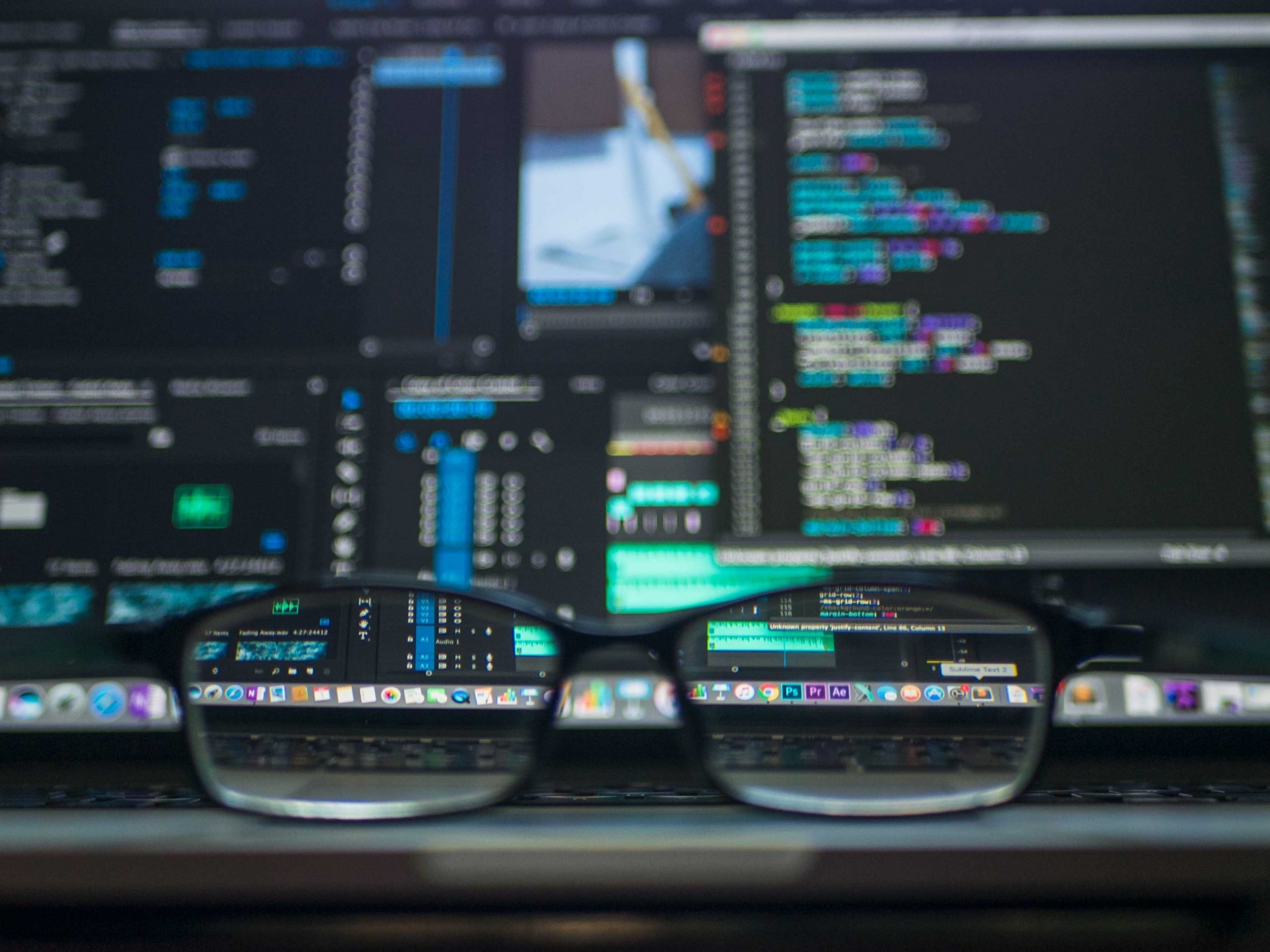
Technology is advancing at a far greater pace than we have ever seen in history. Current analysis has identified over a dozen technologies that are poised to emerge over the next five years that will have significant effects around the world. Each of these technologies on its own will have a profound impact on the current technological abilities of many organizations as well as the way we live and work. One of the more interesting implications comes from two of these emerging technologies that will interact and play off of one another. That interest comes from the combined capabilities of quantum computing and machine learning. The combination of the unique capabilities of these two technologies certainly brings to mind a potentially distinct sub-category or even a separate new technology segment that deserves monitoring.
The new discipline has even been given its own name and has come to be referred to as ‘Quantum Machine Learning’ (QML). At this time, market research and estimates specifically focusing on quantum machine learning is in its infancy with no hard figures for 2025 available. Analysis suggests, the combined capabilities, now solidly in the basic research stage of its evolution, is just beginning to cross the line into the applied research evolutionary stage. While there is a slim possibility, it is not likely we will see solid commercial quantum machine learning applications emerge for a number of years.
At this time, things are progressing far more rapidly than expected and support that analysis. In late January 2020, a study released by IBM and MIT, was the ‘first experimental proof’ that ‘quantum computing can boost machine learning.’ They also refer to it as a ‘new discipline’ – QML. One has to admit, QML is beginning to gain a fair amount of attention and has begun to receive funding for research and development that exceeds what is considered usual for a new technological segment. Researchers believe that QML can, and will enable systems, to much more rapidly learn and stay up-to date as QML becomes integral to this and other unique and valuable application environments.
INSIGHT: A January release of Deloitte’s Tech Trends 2020 referenced quantum technology and machine learning multiple times. A specific section examined “Evolution of computing to harness the power of quantum dynamics to dramatically unlock new workloads and insights.” An interesting read.

A question that frequently comes up is about first mover advantage. There is no clear answer here. The best way to look at it appears to be by industry and/or by application area. Integration of QML into the operations of the organization, and all that brings with it including regulations and social issues, will undoubtedly be the greatest challenge, opportunity and an inhibiting factor in the next few years. Quantum Machine Learning as a service (QML-AAS) is beginning to look like how many may plan to approach this emerging opportunity. This way they do not have to worry about recruiting staff given the huge skills shortage (Artificial Intelligence and Quantum Computing) that is expected to continue for years. Nor do they need to develop their own experts at machine learning and quantum computing. After all, they want the value of the output without being burdened by the work.


















